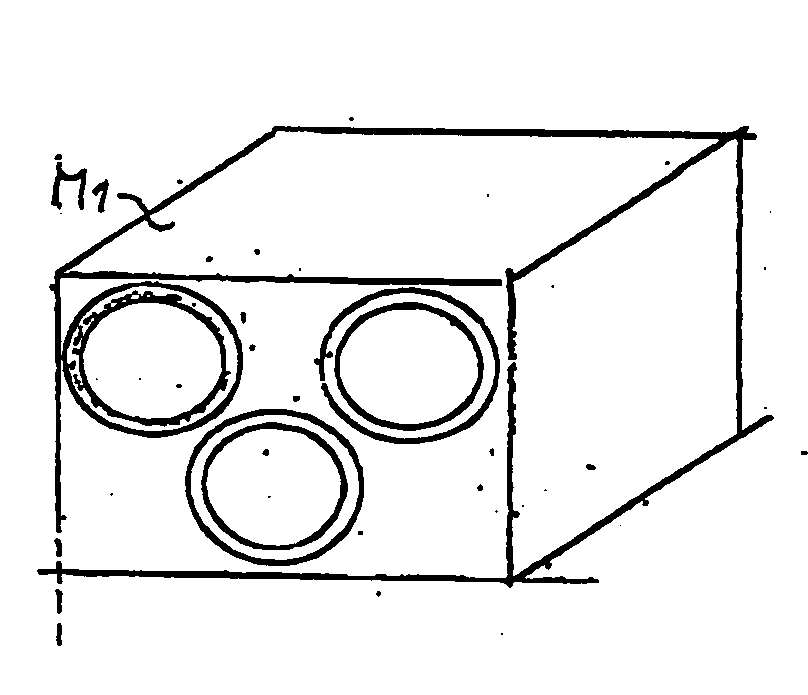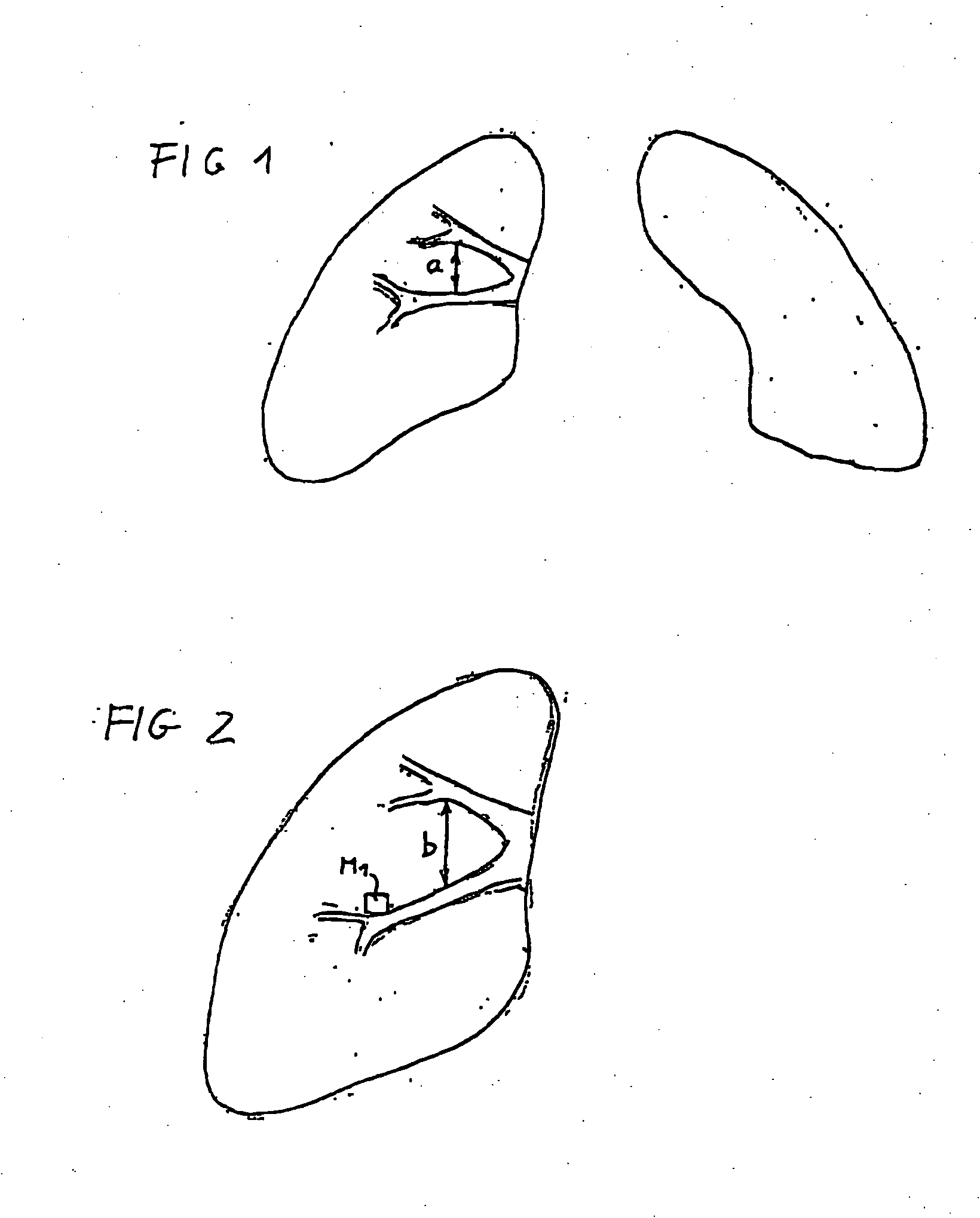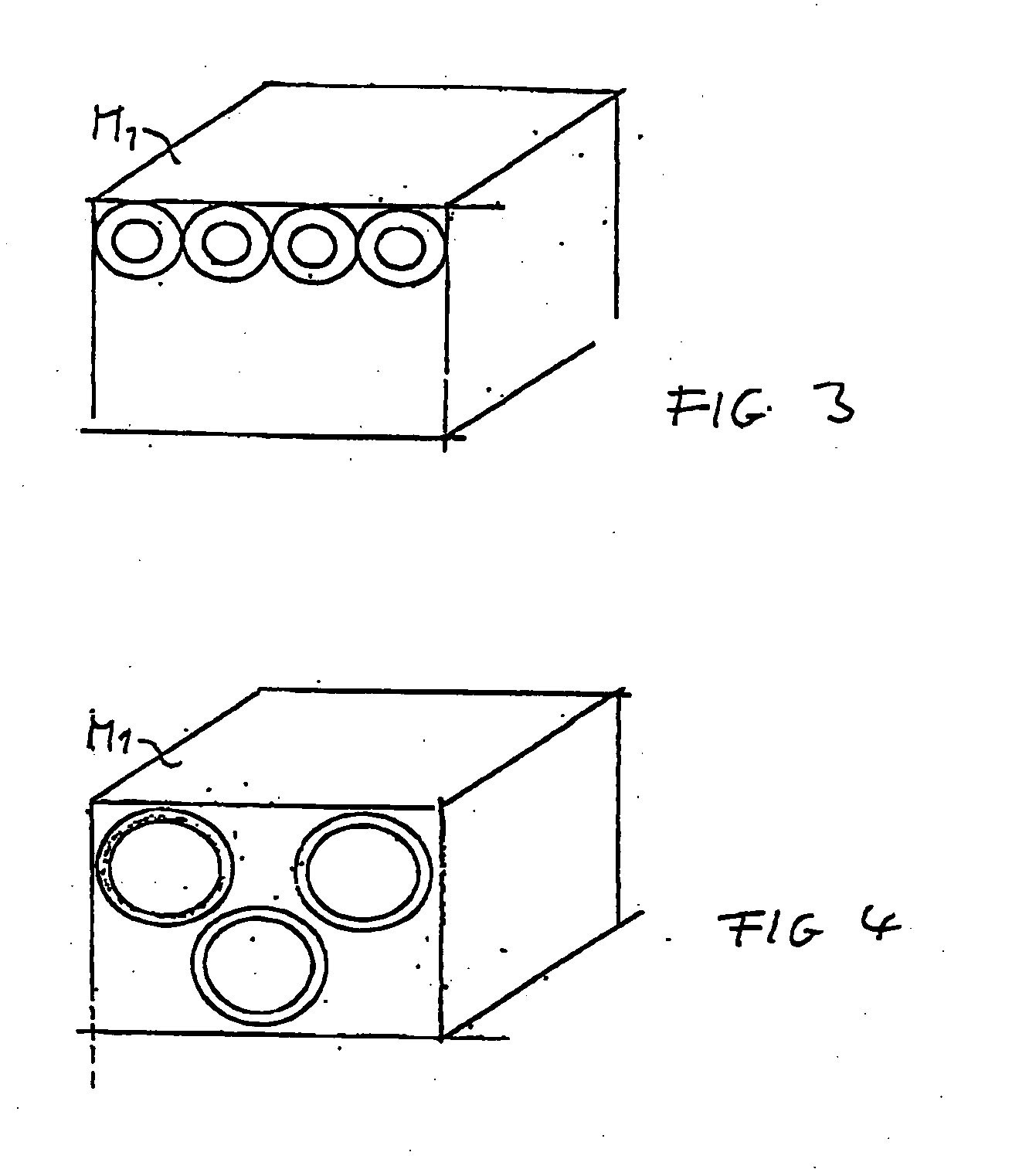Method for Diagnosis of Functional Lung Illnesses
a functional lung disease and lung disease technology, applied in the field of functional lung disease diagnosis, can solve the problems of reduced lung capacity, at least hindered exchange, and least delayed exchange, and achieve the effect of precise acquisition of the effect of therapies, fast, inexpensive, and radiation-fr
- Summary
- Abstract
- Description
- Claims
- Application Information
AI Technical Summary
Benefits of technology
Problems solved by technology
Method used
Image
Examples
Embodiment Construction
[0029]The lung is shown at maximum exhalation in FIG. 1 and at maximum inhalation in FIG. 2. To produce these images the patient is positioned in an MR scanner such that the lung lies in the FOV. An MR exposure is generated at each of various phase points of the respiration, in the shown exemplary embodiment at maximum inhalation and maximum exhalation. The change of the proton density dependent on the phase point of the respiration (or the time) provides a measure for the homogeneity and thus also for possible functional lung illnesses.
[0030]For this purpose the 2D image of the lung can be subdivided in a computer into macroscopic areas, for example 100 squares. For each square the computer then determines the signal difference in comparison to the air at inhalation and exhalation. The computer also segments the blood vessels of the lung and associates the segments with these vessels.
[0031]In order to compare the same lung region in each of the inhaled state and exhaled state, thus...
PUM
 Login to View More
Login to View More Abstract
Description
Claims
Application Information
 Login to View More
Login to View More - R&D
- Intellectual Property
- Life Sciences
- Materials
- Tech Scout
- Unparalleled Data Quality
- Higher Quality Content
- 60% Fewer Hallucinations
Browse by: Latest US Patents, China's latest patents, Technical Efficacy Thesaurus, Application Domain, Technology Topic, Popular Technical Reports.
© 2025 PatSnap. All rights reserved.Legal|Privacy policy|Modern Slavery Act Transparency Statement|Sitemap|About US| Contact US: help@patsnap.com



